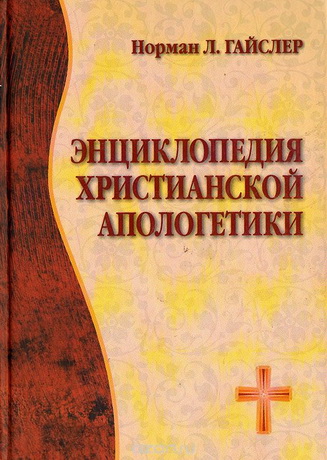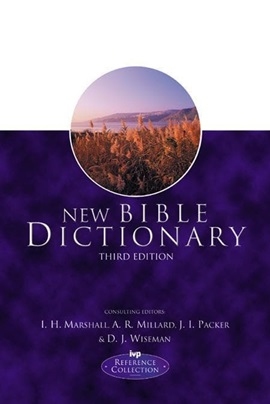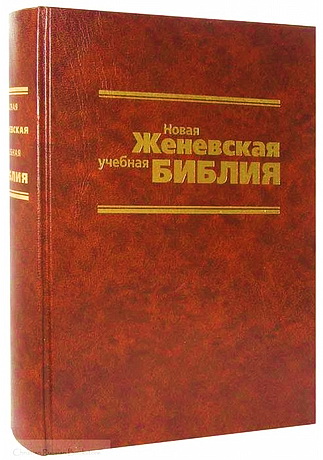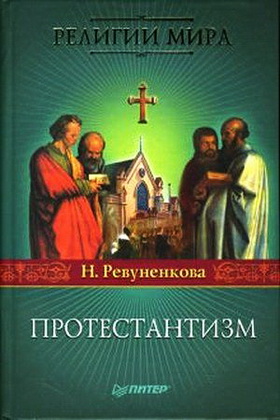
Douglas - New Bible Dictionary - модуль BibleQuote
J. D. Douglas - New Bible Dictionary
Downers Grove, IL: InterVarsity Press, 1996. – 1584 p.
ISBN 0-8308-1439-6 (cloth: alk. paper)
We have been very greatly encouraged by the continuing and consistent demand for the New Bible Dictionary since it was first published in 1962 and revised in 1982. The major part of this reference work still stands and has required little or no modification to maintain its claim to be ‘New’ and up-to-date. Recent research, however, especially in the cultural and archaeological areas, needed to be incorporated. This has been done in this third edition where ever possible, subject to the limits imposed by the existing format. The opportunity has been taken to update the bibliographic entries and to make them more relevant for the reader of today. Also the work now makes reference to the New International Version and other more recent translations in addition to the Revised Standard Version.
The revised volume reflects the same evangelical viewpoint as the previous editions and continues to embody loyalty to Holy Scripture as God’s Word to humankind. The contributors are drawn largely, but not exclusively, from the membership of the Tyndale Fellowship for Biblical Research, part of the Universities and Colleges Christian Fellowship (formerly Inter-Varsity Fellowship). Individual authors and revisers are responsible only for their own contributions and do not necessarily endorse all the opinions expressed by their colleagues; no attempt has been made to impose any rigid uniformity upon the work as a whole or to exclude the expression of different opinions within the bounds of our basic understanding of Holy Scripture.
We are grateful to many academic colleagues for their helpful co-operation. In most cases the original authors of articles have been responsible for updating their entries. Where this has not been possible, other contributors have made the necessary revisions. In addition, a number of fresh entries have been written for this volume.
We are indebted above all to Derek Wood for undertaking the hard task of organizing this revision; also to Philip Hillyer and Andrew Warren for their painstaking work of the bibliographies, to Steve Carter for patient labour on both the bibliographies and the index and to Lyn Saville for checking both manuscripts and proofs.
This new edition of the New Bible Dictionary builds on the foundations laid by the editors of former editions and we gratefully acknowledge our indebtedness to J. D. Douglas, the Organizing Editor of the original work and Norman Hillyer, Revision Editor for the second edition. We remember too with gratitude the masterful work of our late colleagues R. V. G. Tasker (first edition), F. F. Bruce and Donald Guthrie (first and second editions). The patient care, consistent labour and wide understanding of these and other fellow labourers have ensured a continuing life for a volume that is still, we believe, much needed for on-going Christian witness in the church today.
* * *
LINEN
The Heb. word šēš (Egyp. sś) is rendered ‘fine linen’. The following Heb. words are rendered by ‘linen’: baḏ, pištâ, bûṣ and ’ēṭûn (cf. Egyp. ’idmy, ‘yarn’ in rv). The word pištâ means actually the flax of which linen was made. As early as the 14th century bc the word pšt, or plural pštm, was used in Ugarit for linen (cf. Virolleaud, PRU, Mission Ras Shamra 7, II). bûṣ is present only in later books (cf. Gk. byssos). rsv, av translate the following Gk. words by linen: sindōn, othonion and linon.
Linen is made of flax (Linum usitatissimum). After treatment the thread of the rind gives linen and the seed linseed-oil. After the flax was treated it was spun by women and made into material (Pr. 31:13, 24). Flax was never extensively grown in Palestine in biblical times. According to Ex. 9:31; Ho. 2:5 and probably Jos. 2:6, it was, however, cultivated from early times. An extra-biblical witness is the Gezer calendar (c. 1000 bc), where we read in the fourth line: ‘His month is hoeing up of flax’ (Albright’s translation in Pritchard, ANET2). The great cultivator and exporter of flax was Egypt. In Pr. 7:16 we read of Egyptian linen (cf. Heb. ḥaṭuḇôt, ‘many coloured’). Red linen was especially precious in ancient Egypt and was called ‘royal linen’. It is quite probable that linen (cf. Egyp. words sś and ’idmy as possible loan-words in Hebrew and Canaanite) was imported from Egypt by the inhabitants of Palestine from the earliest times. We know from Egyp. documents that linen was exported from Egypt to Phoenicia (cf. also Ezk. 27:7) and especially Byblos through many centuries.
The use of linen in OT times was prescribed for priests (Ex. 28:39). The coat, turban and girdle must be of fine linen. This is, according to Ezk. 44:17, prescribed for the coolness of the material. The high priest used a woollen overcoat, but was draped in linen on the great Day of Atonement (Lv. 16:4, 23). Linen the Israelites brought along from Egypt was used for the ten curtains of the tabernacle (Ex. 26:1), the veil (26:31) and the screen of the door of the tent (26:36). Samuel wore an ephod (’ēp̱ôḏ of linen (1 Sa. 2:18); David danced in front of the ark draped in a linen ephod (2 Sa. 6:14). It seems as if the use of linen was associated with special, holy persons, e.g. the man with the writing-case in Ezk. 9:2 and the man Daniel saw in Dn. 10:5 and 12:6–7. Linen and fine linen were regarded as precious gifts to the woman a man loved. In Ezk. 16:10, 13 the Lord speaks to Jerusalem as a husband to his wife and reminds her how he has decked her with linen and fine linen. It is obvious from Pr. 31:22 that the use of linen by women was highly esteemed (as in *embroidery). It was a luxury (Is. 3:23). The word bûṣ, ‘linen’, is used in the later books as the material for the rich and important people, e.g. Mordecai went to the Persian king draped with a mantle of fine linen (Est. 8:15). Linen was commonly used for fine furnishings, sails and for protection of precious carpets.
The word linen is sparingly used in the NT. In the parable of the rich man and the beggar Lazarus the former is described as decked out in fine linen (Gk. byssos) and purple (Lk. 16:19). The young man who followed Jesus to Gethsemane lost his linen cloth (or sheet?) in his flight from the scene (Mk. 14:51). The body of Jesus was wrapped in linen according to Mt. 27:59 and parallel texts. According to Rev. 19:8, the Bride of the Lamb is clothed in fine linen, which is the righteous deeds of the saints. In Rev. 19:14 the eschatological armies are described as arrayed in fine white linen.
Bibliography. L. M. Wilson, Ancient Textiles from Egypt, 1933; A. Bellinger, BASOR 118, 1950, pp. 9–11; G. M. Crowfoot, PEQ 83, 1951, pp. 5–31; *Dead Sea Scrolls.
F. C. Fensham





Комментарии
Пока нет комментариев. Будьте первым!